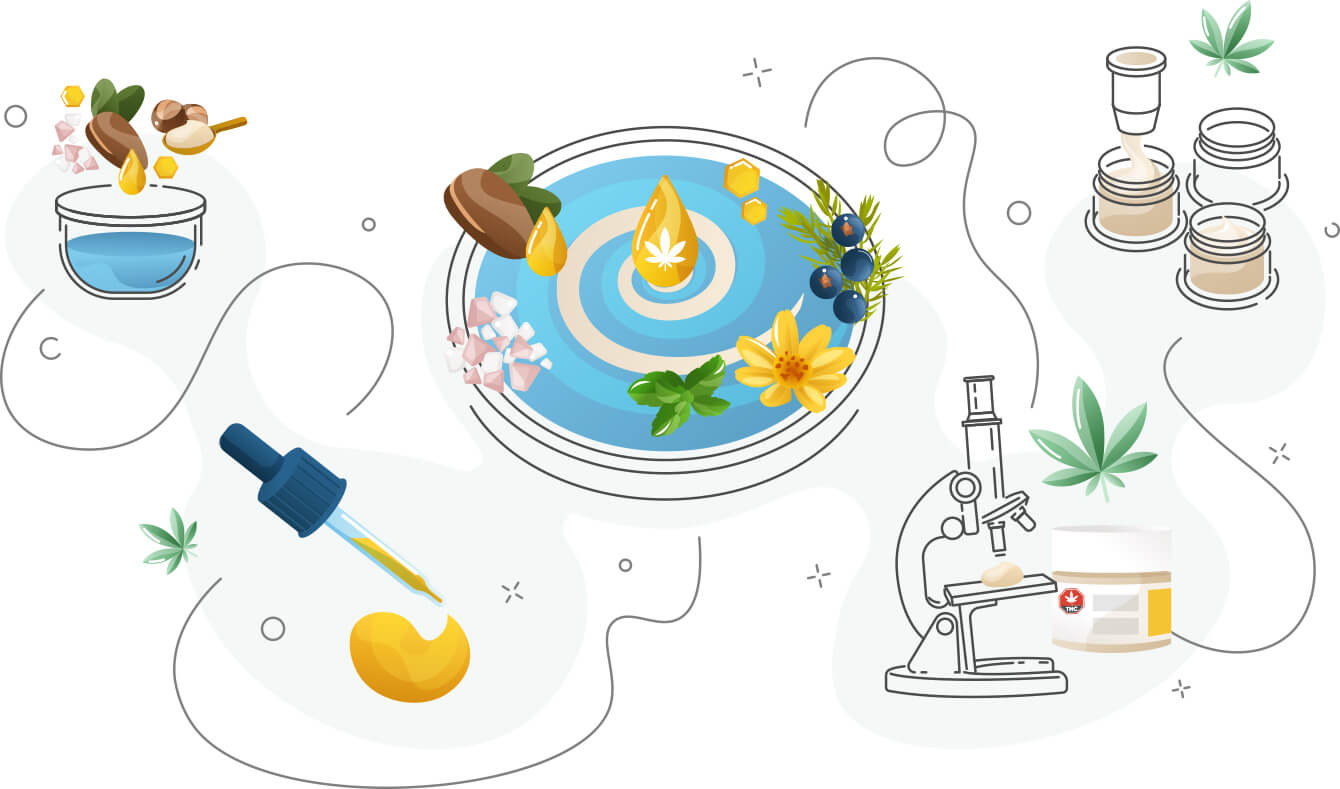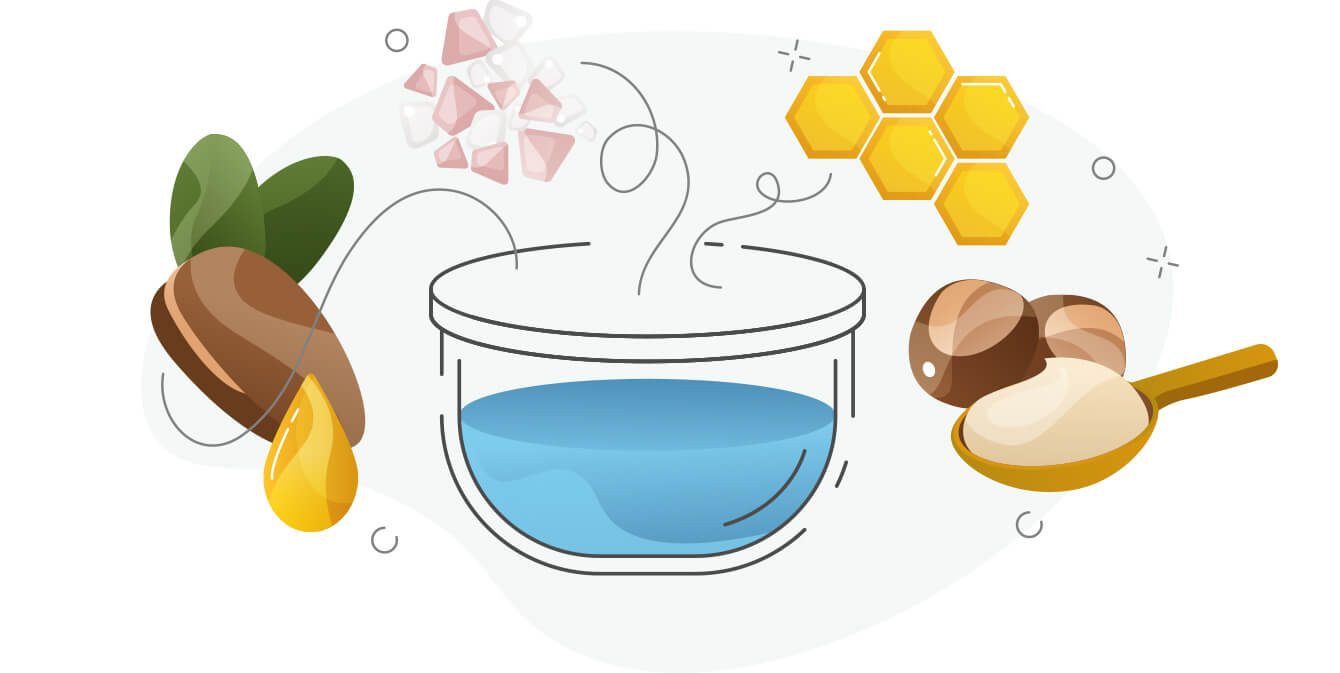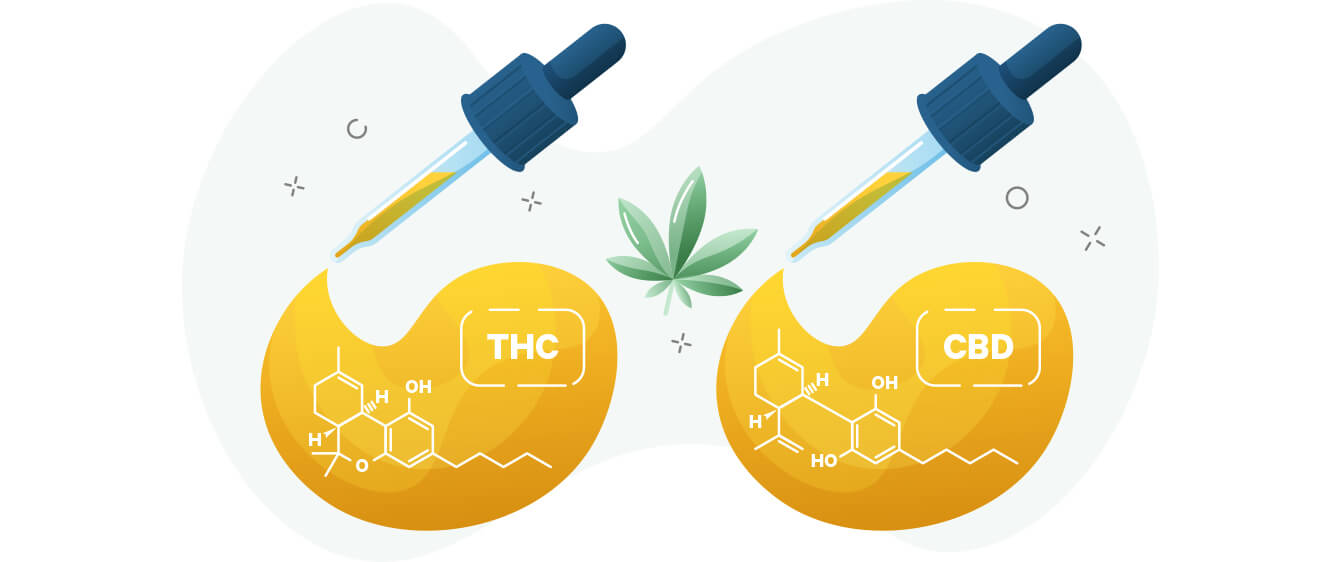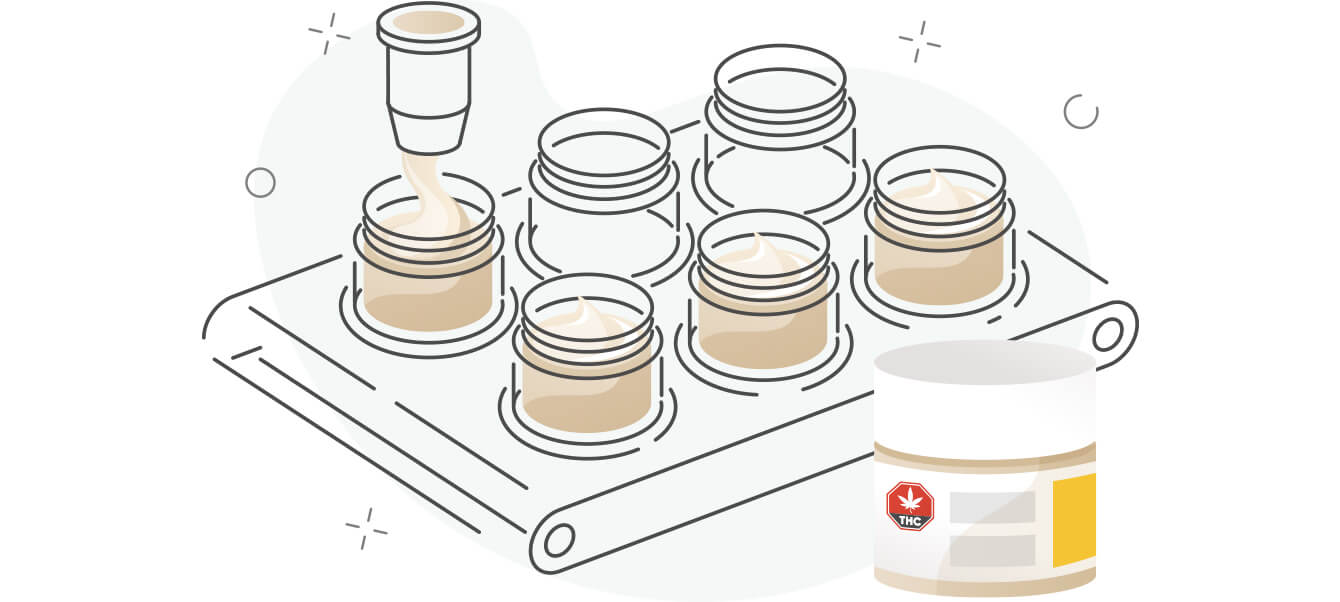How Cannabis-Infused Topicals are Made
A Behind-the-Scenes Look – Discover the intricate process behind the creation of innovative cannabis-infused creams, lotions, and oils.

The beauty industry’s conventional array now has a new contender, as licensed cannabis producers venture into crafting cannabis-infused creams, lotions, and intimacy oils. These products are finding their way to authorised cannabis retail stores, promising a unique experience.
Unlike other consumption methods such as ingestion, smoking, or vaping, these topicals are applied to the skin, allowing it to absorb cannabinoids like THC and CBD. The result? A skin-calming or refreshing sensation without inducing psychoactive effects. Join us as we delve into the methods employed to infuse cannabis into skin-focused products.
Step 1: Creating the Base

Every topical product, with its unique ingredients, begins with a base destined to contain cannabis. Producers utilise familiar elements like shea butter, beeswax, argan oil, and Epsom salt – akin to those found in non-infused skincare products and/or incorporating moisturising and stabilising ingredients to ensure a delightful user experience.
Step 2: Introducing Cannabis

Once the base is established, cannabis is introduced in the form of a concentrated distillate – an extract containing pure cannabinoids like THC and CBD. Warmed and mixed with a carrier oil, such as argan oil or sunflower oil, the extract seamlessly blends with the base, creating a uniform concoction. Most will produce their distillate in-house, ensuring control over the exact amount of THC and CBD in their products.
What Is Distillate? Distillate is an extremely concentrated form of cannabis oil produced through a process of boiling and condensation.
Step 3: Incorporating Skincare Ingredients

As the cannabis distillate is nearly scentless and textureless, producers can customise their products by incorporating botanical extracts, essential oils, and fragrances commonly found in non-infused skincare items. This allows for a unique sensory experience. For example, extracts of damiana, jasmine, and rose, contributing to the overall experience. Additional ingredients like activated charcoal, vitamin E, and fractionated coconut oil may enhance aromatherapy and skin-nourishing properties in topicals.
Step 4: The Art of Blending

Blending is a crucial step to ensure that active and additional skincare ingredients are evenly distributed throughout the base, providing a consistent user experience.,Conducting a meticulous blending process is crucial to ensuring cannabinoids are uniformly dispersed throughout the cream.
Step 5: Rigorous Testing

Each component undergoes rigorous safety testing, including checking cannabis for pesticides, both before and after blending. Most producers will opt for independent third-party testing to verify cannabinoid content accurately, ensuring a safe and effective final product.
Did You Know? All cannabis products must adhere to strict legislative labelling and packaging requirements, including essential information like the cannabis symbol, brand name, THC and CBD content, health warnings, lot number, packaging date, bar code, nutrition facts, and ingredient list. This is crucial for consumer awareness, and the excise stamp must be present to certify the product’s legality.
Step 6: Packaging and Labelling Standards

